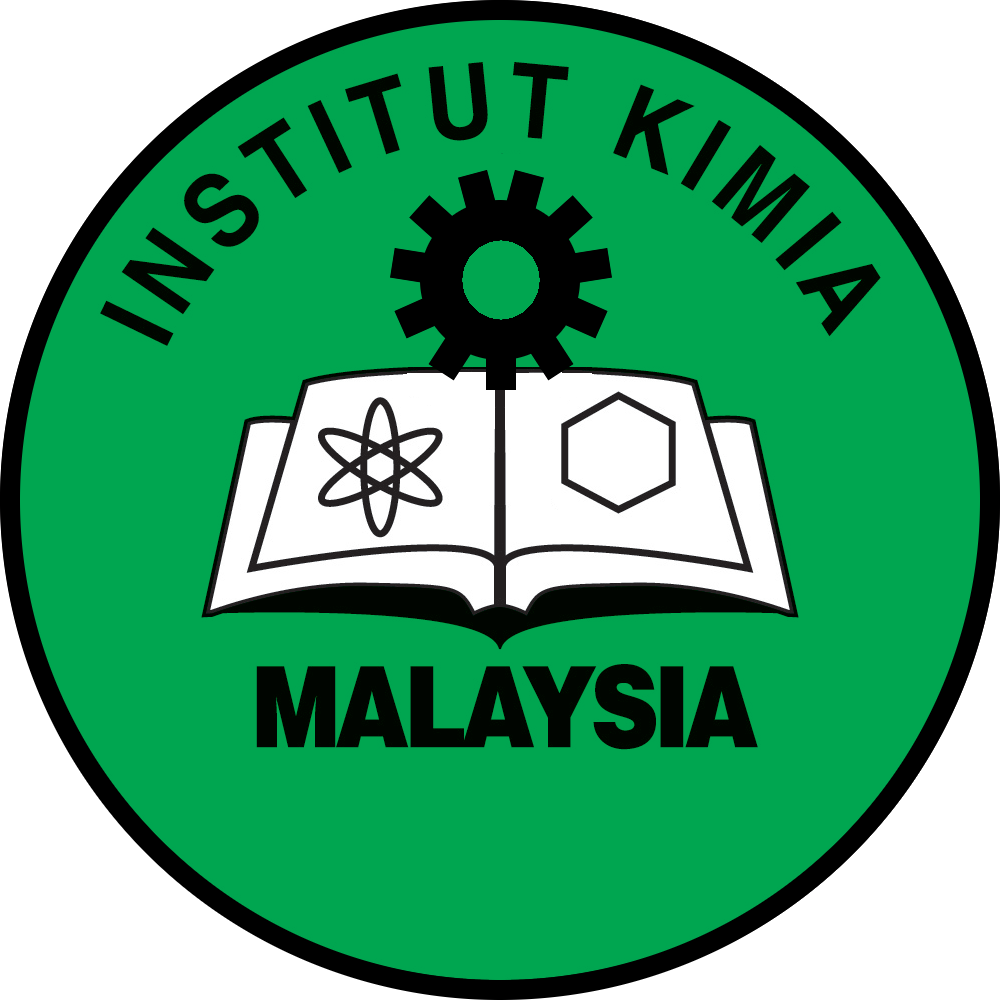Flavonoids of Cynometra cauliflora, their Plausible Biosynthetic Pathway and SAR Study against DPPH Radicals
DOI: https://doi.org/10.55373/mjchem.v27i1.102
Keywords: Cynometra; flavonoids; biosynthesis; antioxidant; Structure Activity Relationship
Abstract
Flavonoids consist of a large group of polyphenolic compounds having a benzo-γ-pyrone structure and are ubiquitously present in plants. This study was undertaken to isolate the flavonoids from Cynometra cauliflora, and to evaluate their antioxidant properties, together with their structure-activity relationship (SAR) study. The chemical constituents were isolated and purified by combination of chromatographic methods which are; vacuum liquid chromatography (VLC), radial chromatography (RC) and preparative thin layer chromatography (pTLC). The compounds were elucidated using Nuclear Magnetic Resonance (NMR), Ultraviolet-Visible (UV-Vis), Infrared (IR) and Mass spectrometry (MS), as well as comparison with the previous literature. Antioxidant activity of the compounds was determined by 1,1-diphenyl-2-picrylhadrazyl (DPPH) assay. A total of 8 flavonoids (1-8), which consist of two flavanones and six flavones were successfully purified from the acetone extract of the twigs part of C. cauliflora. The biosynthesis pathway of the isolated flavonoids was reviewed. This plant reported the occurrence of (R)-isomer type of flavonoids. 3’, 4’, 7-trihydroxyflavone (6) displayed the highest antioxidant activity with IC50 value of 27.5 ± 1.91 uM, verifying that flavonoids having an unsaturated C2-C3 bond in conjugation with a C4-oxo function as potent antioxidants. This study should prompt further studies of the antioxidant properties of 3’, 4’, 7-trihydroxyflavone, which may be used for the development of natural and safe antioxidant compounds.
